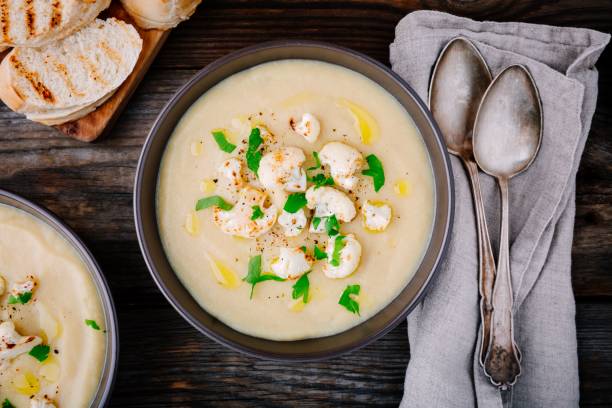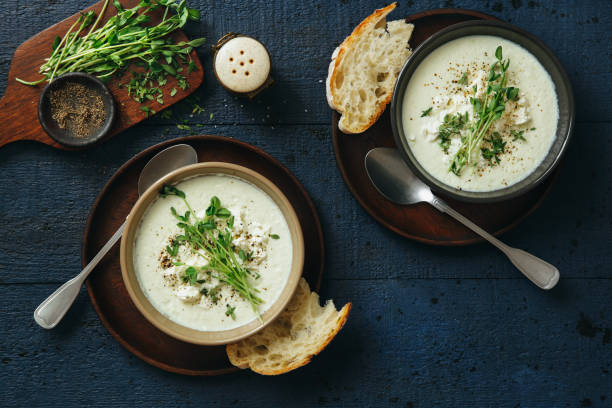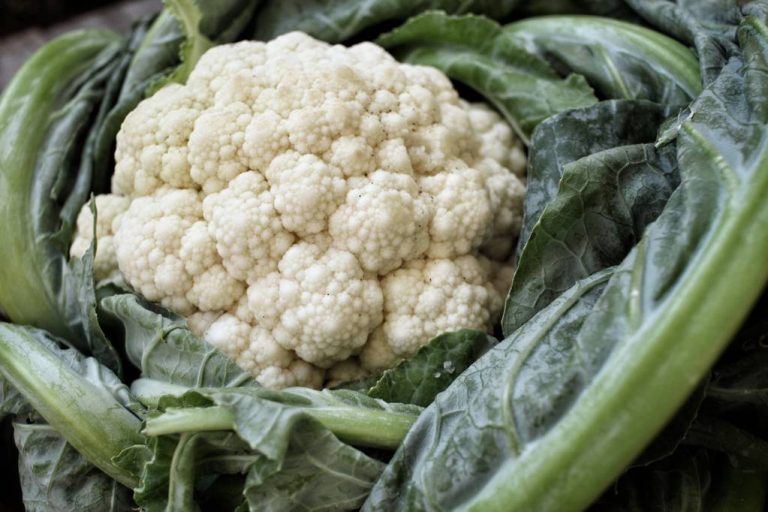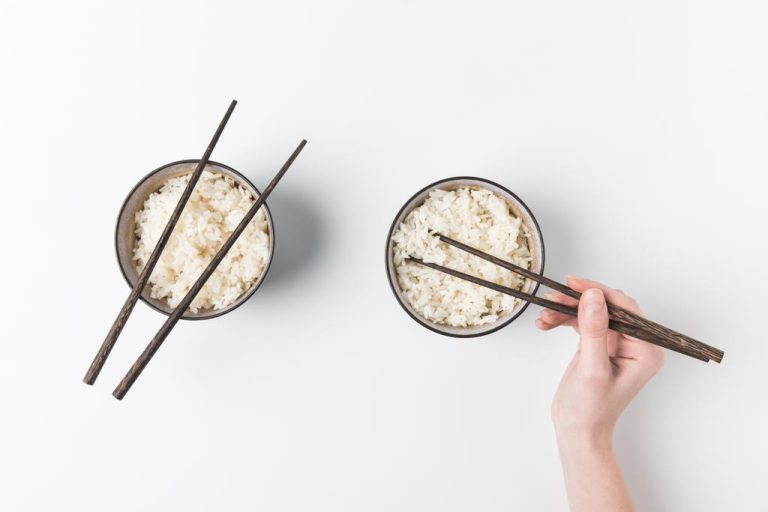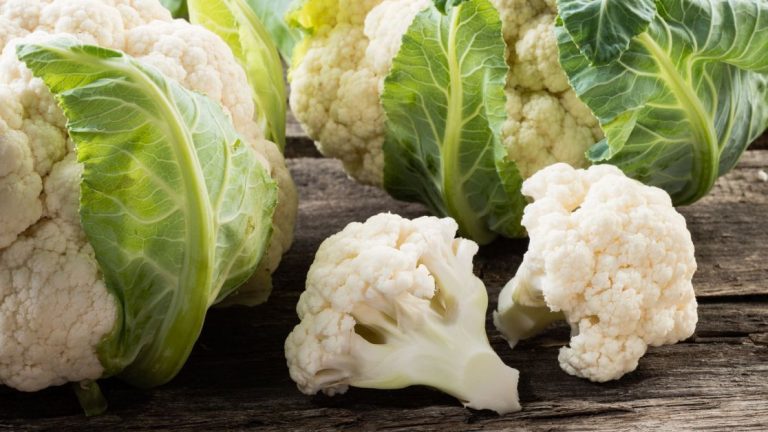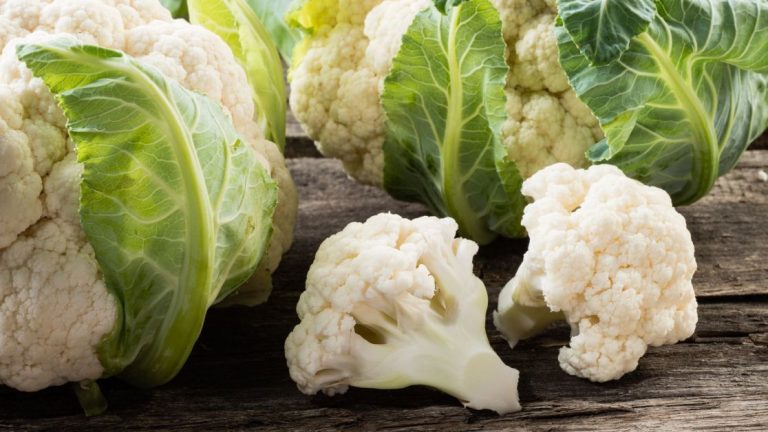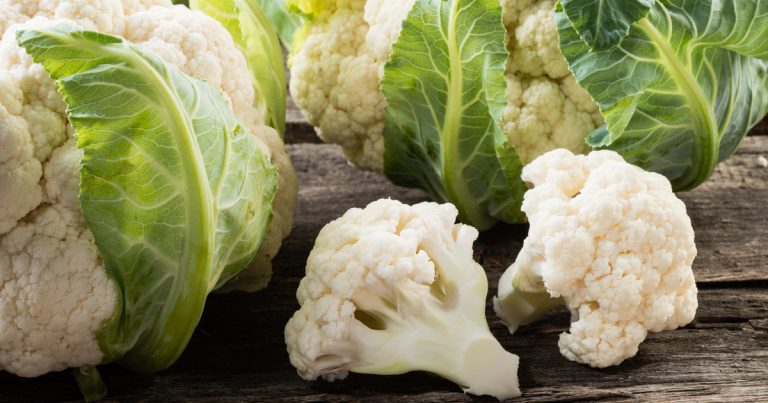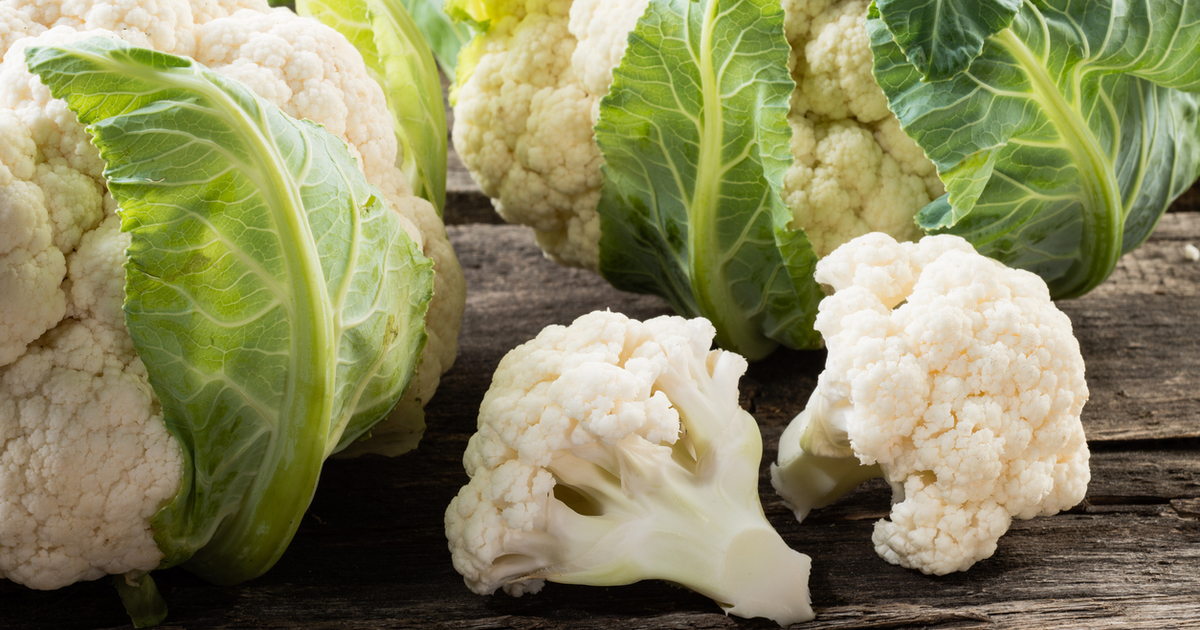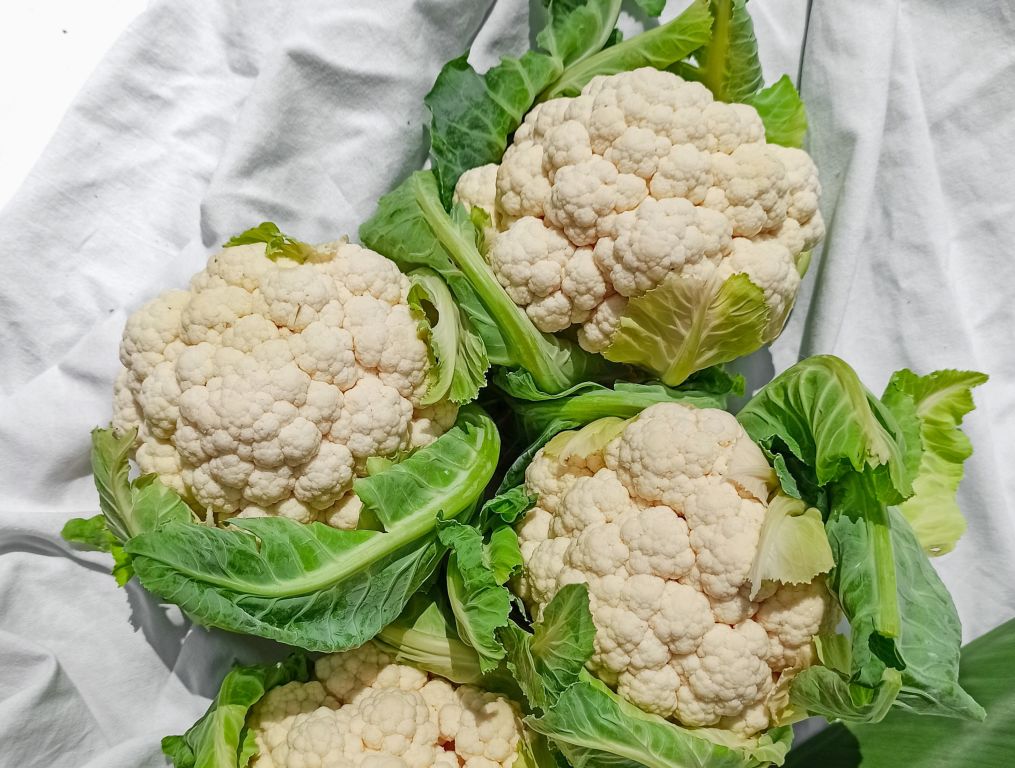Cauliflower cooking time will vary depending on whether you cook it whole or in parts. In this article you will learn the different cooking times for cauliflower and get tips for the right preparation.
Cauliflower – also known as cauliflower or cauliflower – is a cultivar of vegetable cabbage. This type of cabbage originally comes from Asia, but has been cultivated throughout Europe for many centuries.
Cauliflower cooked in salted water makes a particularly good side dish. Alternatively, you can serve the cooked cauliflower with Hollandaise sauce or béchamel sauce. In Bavaria and Austria, cauliflower with crumbs (“Bröselkarfiol”) is also very well known and widespread.
Buy the right cauliflower
The leaves of fresh cauliflower are juicy green and firm. The individual florets should be an even light color and not black. Black spots could be an unhealthy fungal infection.
Cauliflower is in season in Germany from June to October. During this time you can buy the cabbage regionally.
Use cauliflower with an organic seal: It is free from chemical-synthetic pesticides and comes from sustainable agriculture. You should also use regional products for the ingredients whenever possible. Regionally grown vegetables have shorter transport routes and are therefore better for your carbon footprint.
By the way: Our seasonal calendar will help you shop locally and seasonally all year round.
Cooking times of cauliflower

Cauliflower cooking time depends on whether you want to cook the cauliflower whole or in pieces. Another criterion for cauliflower cooking time is how you plan to use the cooked cauliflower.
If you serve the cauliflower directly as a side dish, you should cook it until al dente to soft, depending on your preference.
If you want to process the cooked cauliflower in the pan, it should still be crisp after cooking so that it doesn’t fall apart when frying.
Tip: Taste a cauliflower floret after a short cooking time to determine whether the consistency is already right.
Cauliflower cooking time
To cook a small cauliflower whole, you need about 15 to 20 minutes of cooking time.
If the cauliflower is medium to large, the cooking time can be up to half an hour.
Cut the cauliflower into large florets and cook for around five to eight minutes. If you want to cook the florets al dente, four to six minutes is enough.
Small florets are cooked after just four minutes. If you want al dente cauliflower florets, three minutes is usually enough.
To blanch cauliflower florets, you need two to three minutes of cooking time, depending on their size.
This is how the cooked cauliflower succeeds

Cook the perfect cauliflower with these tips:
Salt the water as soon as it boils.
Always put the cauliflower florets in boiling water. Measure the cooking time of the cauliflower from the point when the water starts to boil again after adding the florets.
Only let the cooking water boil gently on the lowest temperature setting, as cauliflower breaks down very easily.
Make sure that the cauliflower florets are the same size and therefore have the same cooking time.
Even if you’re cooking cauliflower whole, you should bring the water to a boil first. Then place the cauliflower, florets side down, in the cooking water. Here, too, the time only counts from the moment when the water boils again. Then reduce the temperature and gently simmer the cauliflower in salted water.
Note: Because it cooks quickly, you can’t determine the correct cooking time for cauliflower by steeping it in cold water. Cauliflower florets that cook too long will overcook and taste mushy.
